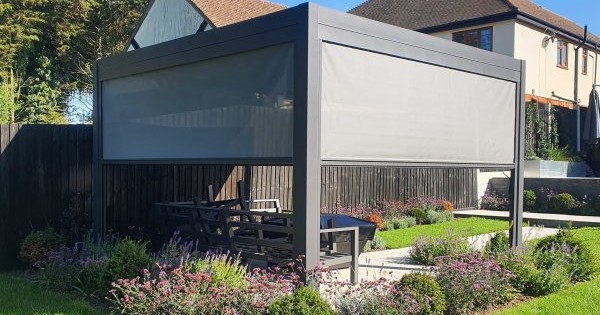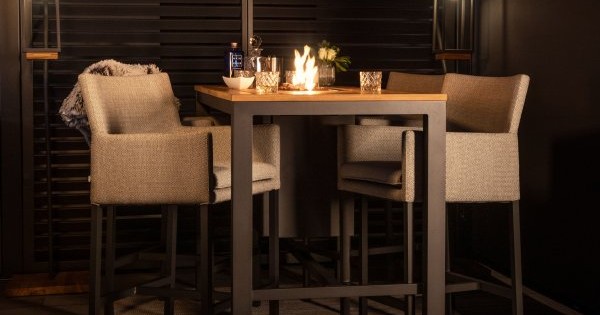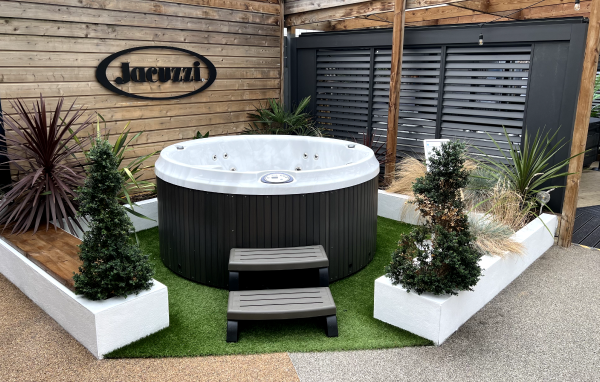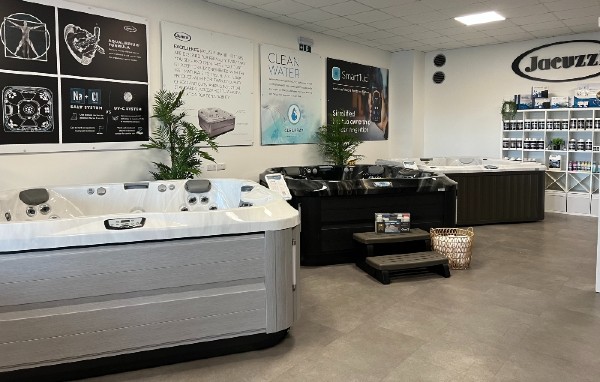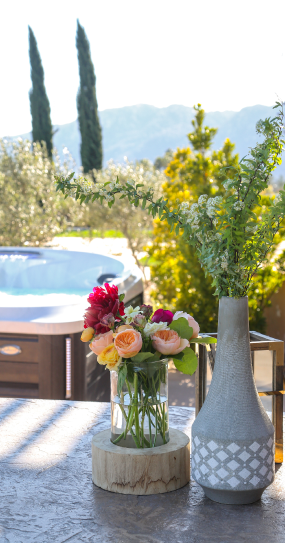Hot Tub Insulation Review (Good, Better, Best)
If you’re on the hunt for the ultimate hot tub purchase, there’s an important question that often gets overlooked but deserves your utmost attention: “How exactly are hot tubs insulated?” The insulation of a hot tub is a crucial factor that can greatly impact its performance and energy efficiency. Ultimately, it’s all about preventing heat loss and achieving and maintaining warmth while being mindful of your budget.
In this comprehensive guide, we will explore the realm of hot tub insulation and emphasise the significance of understanding this factor when selecting the ideal hot tub for your specific needs.
The Challenges of NO Hot Tub Insulation and Running Costs
Let’s kick things off by addressing the elephant in the room: No insulation. Yep, you heard it right. Some hot tubs come without any insulation whatsoever. Sure, they might have a lower price tag, but when it comes to running costs, they won’t be winning any awards for efficiency.
Less insulation and lower-quality materials spell trouble:
- Less heat retention.
- More heat lost.
- Increased energy consumption to keep things warm and cosy.
And more energy used means greater running costs. Nobody wants that, right?
Benefits of Hot Tub Insulation and Running Costs
On the flip side, having top-notch insulation and quality materials can be a game-changer:
- More heat retention.
- Reduced heat loss.
- Lower energy consumption, which equals better energy efficiency.
Less energy used translates to lower running costs. So, let’s explore your insulation options from good to better to best.
No Hot Tub Insulation – Quick Review
Still can’t believe it? That’s right, some hot tubs aren’t equipped with any insulation at all. But, you’re a savvy shopper, and you know that the initial cost savings might not offset the long-term expenses. It’s all about making informed choices.
Thermal Wrap Hot Tub Insulation (Traditional Material Insulation) – Quick Review
Now, let’s break down some popular insulation options:
Mineral Wool Insulation – Quick Review
While mineral wool might seem like a solid choice, it often lacks additives to make it fire-resistant, making it less suitable for situations with extreme heat.
Fibreglass Insulation – Quick Review
Fibreglass is a fantastic value product. Its fine strands of glass woven into an insulation material minimise heat transfer and make it an excellent non-flammable insulation option.
Polystyrene Insulation – Quick Review
This one’s a rigid insulator, unlike its fluffier counterparts. Typically, the foam is created or cut into blocks.
Cellulose Insulation – Quick Review
In a nutshell, cellulose insulation is a highly eco-friendly choice, and it happens to be one of the most fire-resistant insulation types around.
Thermal Wrap Review
Here’s a vital tidbit to remember: All these insulation types are positioned next to the hot tub’s parts, and they can leave gaps where air can gather and cool things down. You want your insulation to eliminate as many of these voids as possible.
Partial Foam Insulation in Hot Tubs – Quick Review
Spray Polyurethane Foam (SPF) delivers a very effective form of protection because it is sprayed directly onto every internal part of the hot tub shell.
As you have already read, the aim is to eliminate the voids between the unit parts and the insulation. By spraying the foam directly onto the interior parts of the hot tub, it creates ‘permanent contact’.
Hot Tubs with Full Foam Insulation – Quick Review
Full foam insulation is the easiest option to discuss and possibly the most effective. It fills three sides of your hot tub, leaving the equipment area accessible.
By filling every void, you remove the places for heat to escape and reduce any noise from the pumps and jets. It’s a win-win for cost savings and tranquillity during your soak.
But remember, if there’s a leak, full foam insulation can make it a tad more challenging to locate. However, leaks from a well-built hot tub should be rare.
What Hot Tub Insulation Is Best?
You might be asking, “What’s the best hot tub insulation?” Well, the answer varies depending on your specific hot tub, location, and personal preferences. To make it simple, let’s break it down into a straightforward rating system: Good, Better, Best.
- Good – Thermal wraps. They’re easy to access and locate problems, working well as a heat reflector back towards the hot tub.
- Better – Partial foam. Great for heat retention because it’s sprayed directly onto the shell.
- Best – Full foam. It fills most areas except the equipment zone, making it the most efficient, even if it poses a slight challenge in finding leaks.
In Conclusion
Now that you’ve got the lowdown on hot tub insulation, you can confidently browse product pages or visit showrooms with a keen eye. From the good, better, and best options we’ve discussed, you’ve got the tools to determine which insulation type will save you money on energy costs throughout your hot tub’s life.
Always remember, the better the insulation, the better the heat retention, and the better the savings on energy. So go ahead, make an informed choice, and enjoy your toasty hot tub without breaking the bank.
If you’re interested in exploring our Jacuzzi® Hot Tubs at Outback 365, simply click the link below to locate your nearest showroom. Our friendly sales team will be happy to assist you in making the best choice for your hot tub insulation needs. Cheers to a cosy, cost-effective soak! 🌟🛁



